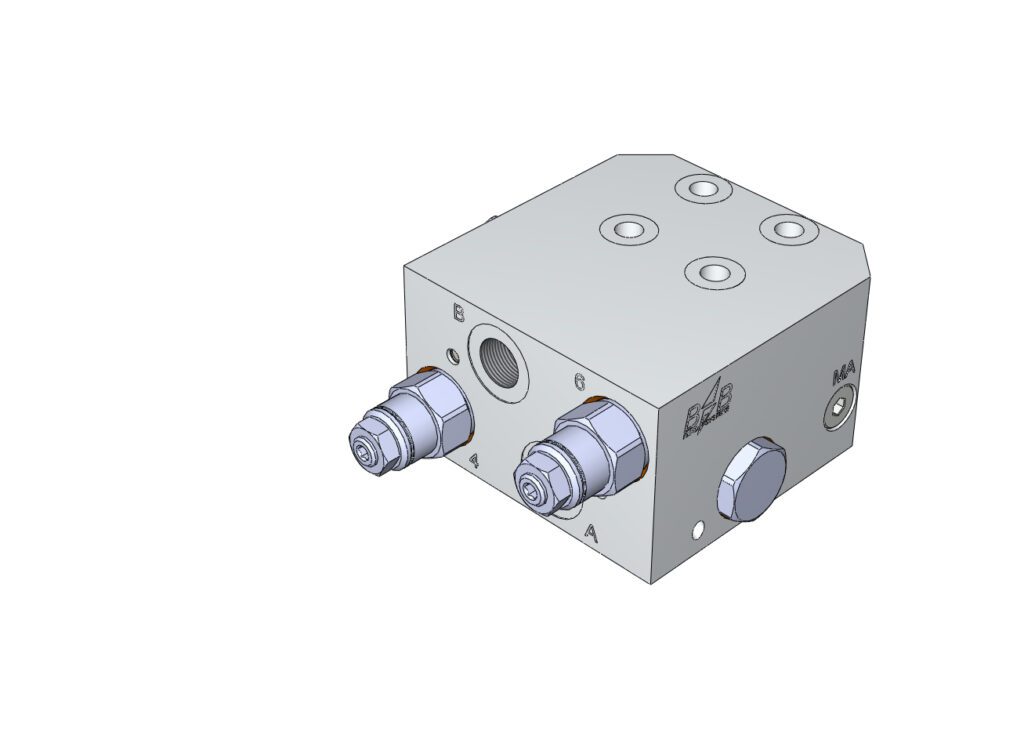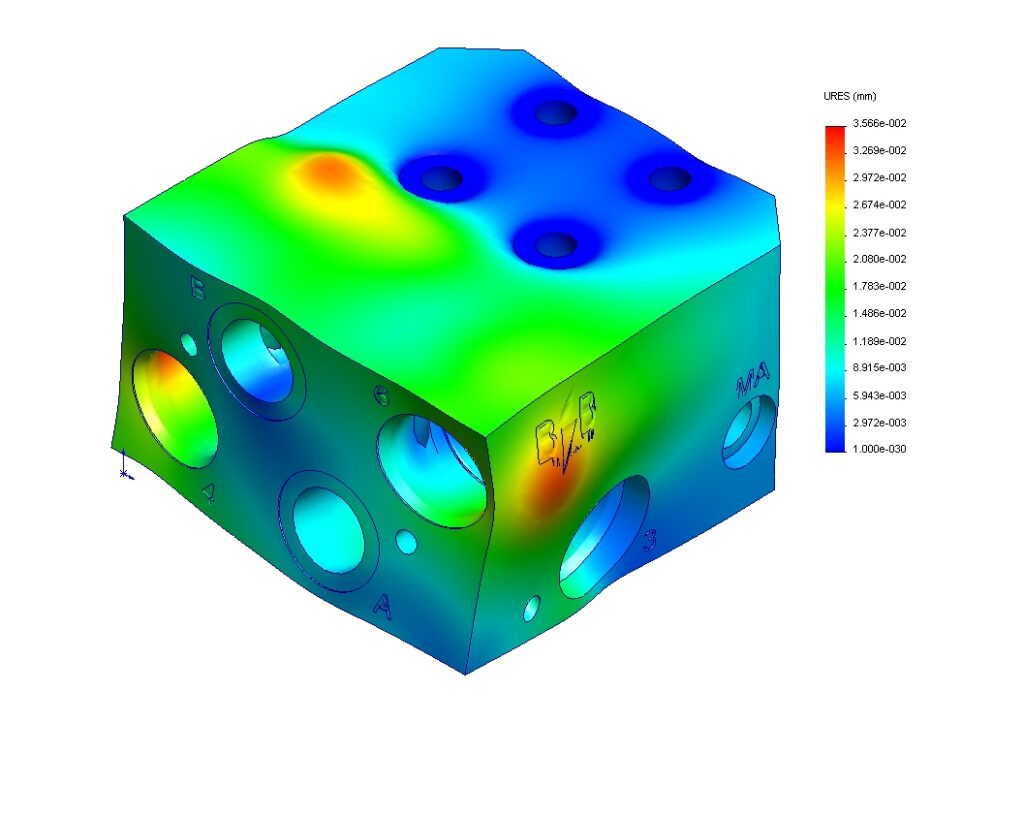Press Release: Leaving Nothing to Chance

The tightened emission standards for motor vehicles mean that exhaust gas treatment is becoming an increasingly complex and greater challenge.
As a result, the automotive industry has long since reacted, and in view of the stricter regulations, many manufacturers have made considerable progress. However, the tolerance of the current test procedure is subject to significant restrictions. Motor vehicles that were newly certified from September 2017 must comply with the Euro 6-Temp emission standard, or meet it. The limit values here are identical to those of the Euro 6 standard, but achieving the objective has been made even more difficult, as mentioned at the beginning. In practice, this means that the real exhaust emission behavior during driving is tested using the so-called “Real Driving Emission” – RDE for short. Since January 1, 2018, tailpipe measurement has been mandatory for all vehicles. In addition to more economical engines, alternative energy sources and particle filters, one way to reduce emissions is to save on the weight of the vehicle.
Especially in the truck class of 3.5 t, the standards mean a reduced payload. Manufacturers of truck bodies such as aerial work platforms must adapt to the more difficult conditions. Potential for weight savings in these bodies is offered by, among other things, the hydraulic control blocks, which are also an important component in all other comparable systems. The company B&B Fluidsysteme from Hattingen in North Rhine-Westphalia, in its core competence, supplies special solutions which, thanks to 25 years of experience and computer-aided design, take up this potential. The company adapts its products individually to the requirements and delivers the control blocks made to measure, ready for installation and tested to the customer.
Weight Saving Thanks to Computer Support
In addition to the selection of weight-reducing components, B&B manufactures aluminum housings (depending on the intended use also steel), which make the control blocks additionally lighter due to the material. By intensively considering the wall thicknesses and making appropriate adjustments, further weight can be saved. By means of computer calculation according to the “finite element method”, the construction is examined for strength and elongation. The latter is explicitly significant for anodized control block housings: During the pressure test with 50% higher pressure than the permissible operating pressure, the anodized layer must not crack due to the elongation of the material. Based on the tested parameters, the control block can be designed in such a way that the optimal ratio of functionality, durability and weight reduction is achieved. B&B Fluidsysteme can realize short delivery times even in a boom with 6 machining centers and a reliable screw-in valve partner, the company SUN-Hydraulik. The largest part of the portfolio is used in mobile hydraulics. The design drawings created during the respective development using a 3D CAD program can be made available to the customer so that they can use them to complete their technical representations.
Simulation

